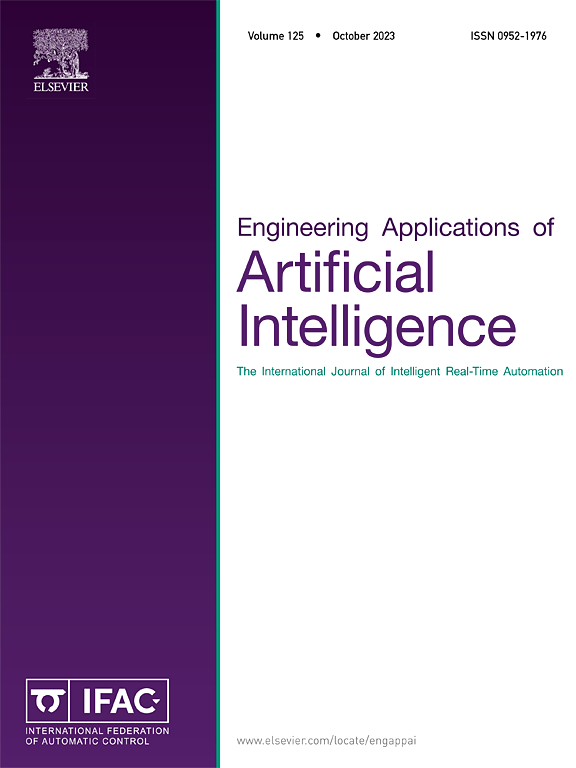Modal disentangled generative adversarial networks for bidirectional magnetic resonance image synthesis
IF 7.5
2区 计算机科学
Q1 AUTOMATION & CONTROL SYSTEMS
Engineering Applications of Artificial Intelligence
Pub Date : 2025-02-01
DOI:10.1016/j.engappai.2024.109817
引用次数: 0
Abstract
Magnetic resonance imaging (MRI) is commonly used both in clinical diagnosis and scientific research. Owing to the high cost, time constraints, and limited application of multi-contrast MRI images obtained from metallic implants, it incurs low throughput and misses a specific modality. Medical image cross-modal synthesis based on Artificial Intelligence (AI) technologies is proposed to synthesize the desired missing modal images. However, it still suffers from low expandability, invisible latent representations, and poor interpretability. We thus propose modal disentanglement generative adversarial networks for bidirectional T1-weighted (T1-w) and T1-weighted (T2-w) medical image synthesis with controllable cross-modal synthesis and disentangled interpretability. Firstly, we construct a cross-modal synthesis model to achieve bidirectional generation between T1-w and T2-w MRI images, which can be easily extended for adaptive modality synthesis without training multiple generators and discriminators. Then, we use an easily trained deep network to disentangle deep representations in latent space and map representations in latent space into pixel space to visualize morphological images and yield multi-contrast MRI images with controllable feature generation. Besides, we construct an easy-to-interpret deep structure by incorporating morphology consistency to preserve edge contours and visualize deep representations in latent space to enable interpretability, which is critical for artificial intelligence oriented to engineering applications and clinical diagnostics. The experiments demonstrate that ours outperforms recent state-of-the-art methods with average improvements of 15.8% structural similarity (SSIM), 12.7% multiscale structural similarity (MSIM), 38.2% peak signal-to-noise ratio (PSNR) and 5.2% visual information fidelity (VIF) on benchmark datasets.
求助全文
约1分钟内获得全文
求助全文
来源期刊

Engineering Applications of Artificial Intelligence
工程技术-工程:电子与电气
CiteScore
9.60
自引率
10.00%
发文量
505
审稿时长
68 days
期刊介绍:
Artificial Intelligence (AI) is pivotal in driving the fourth industrial revolution, witnessing remarkable advancements across various machine learning methodologies. AI techniques have become indispensable tools for practicing engineers, enabling them to tackle previously insurmountable challenges. Engineering Applications of Artificial Intelligence serves as a global platform for the swift dissemination of research elucidating the practical application of AI methods across all engineering disciplines. Submitted papers are expected to present novel aspects of AI utilized in real-world engineering applications, validated using publicly available datasets to ensure the replicability of research outcomes. Join us in exploring the transformative potential of AI in engineering.
 求助内容:
求助内容: 应助结果提醒方式:
应助结果提醒方式:


